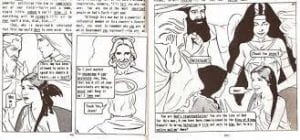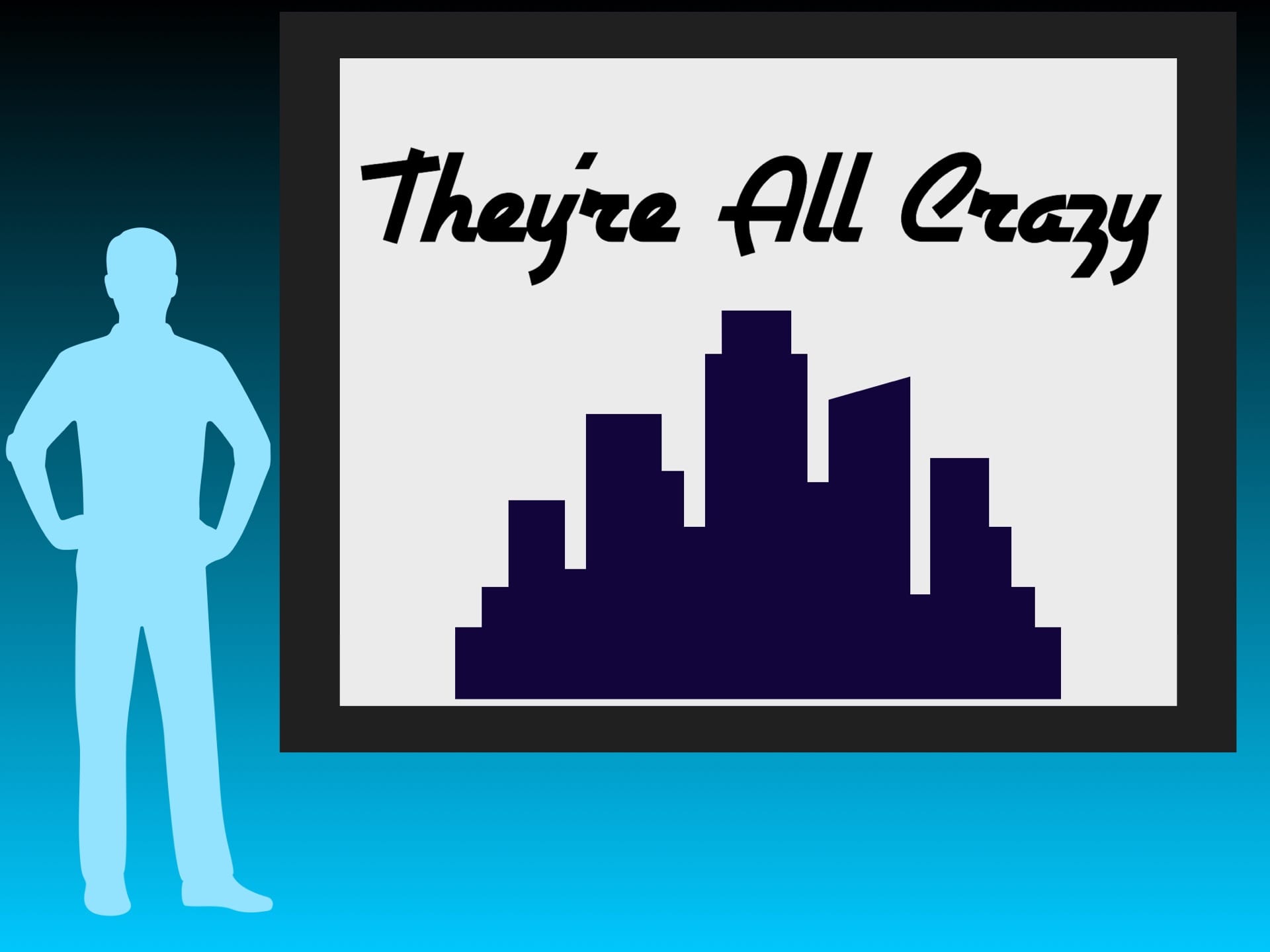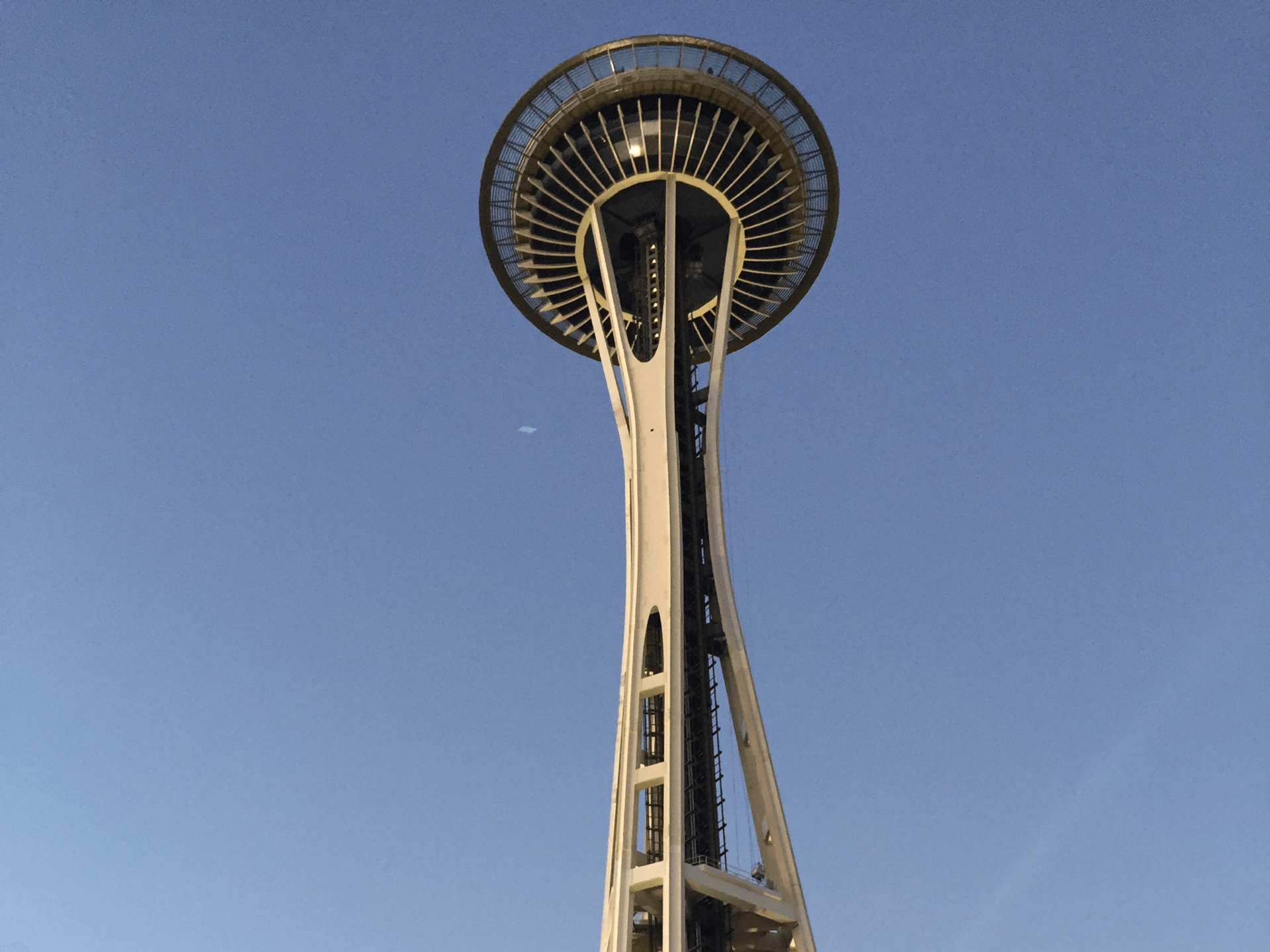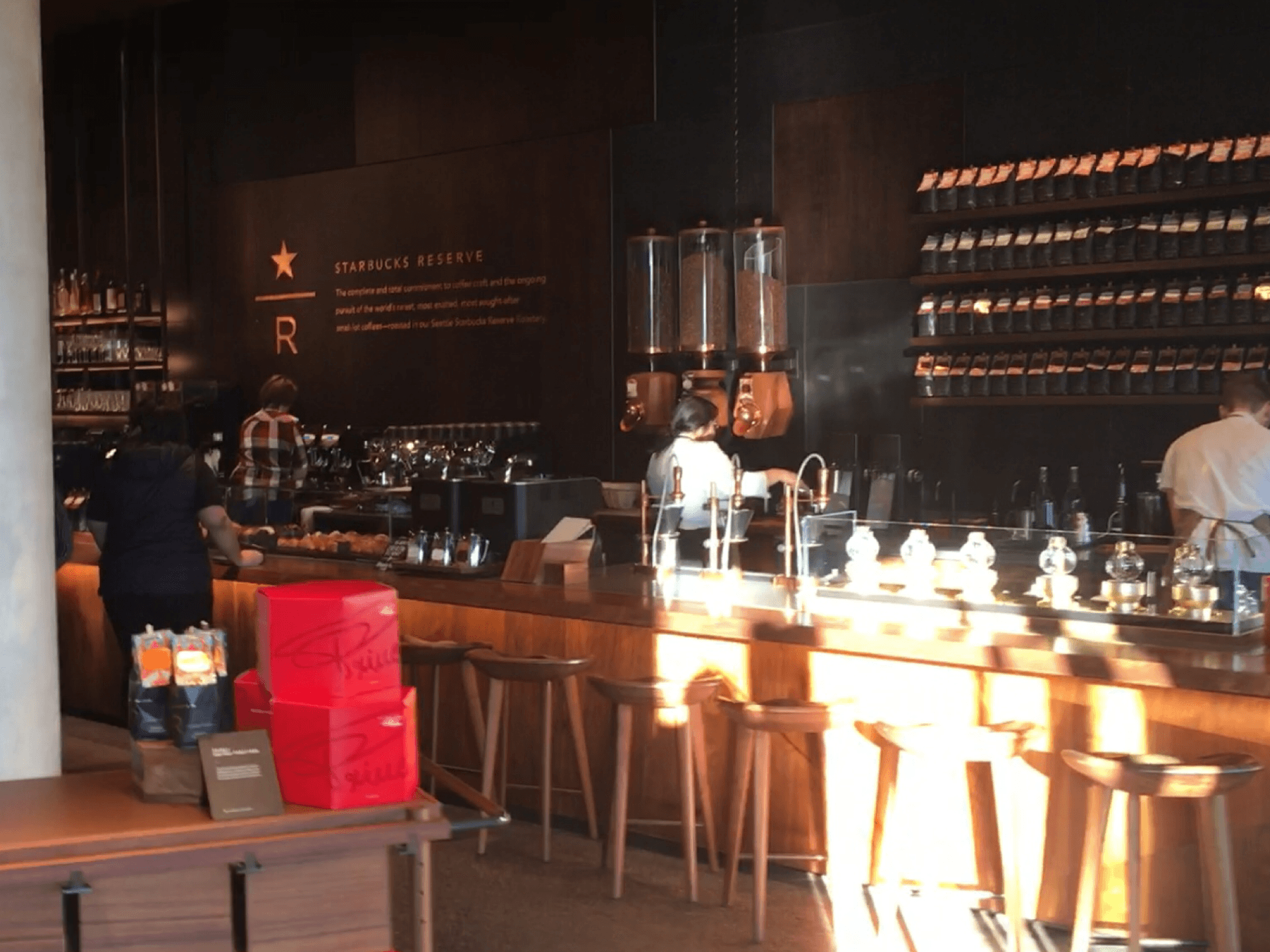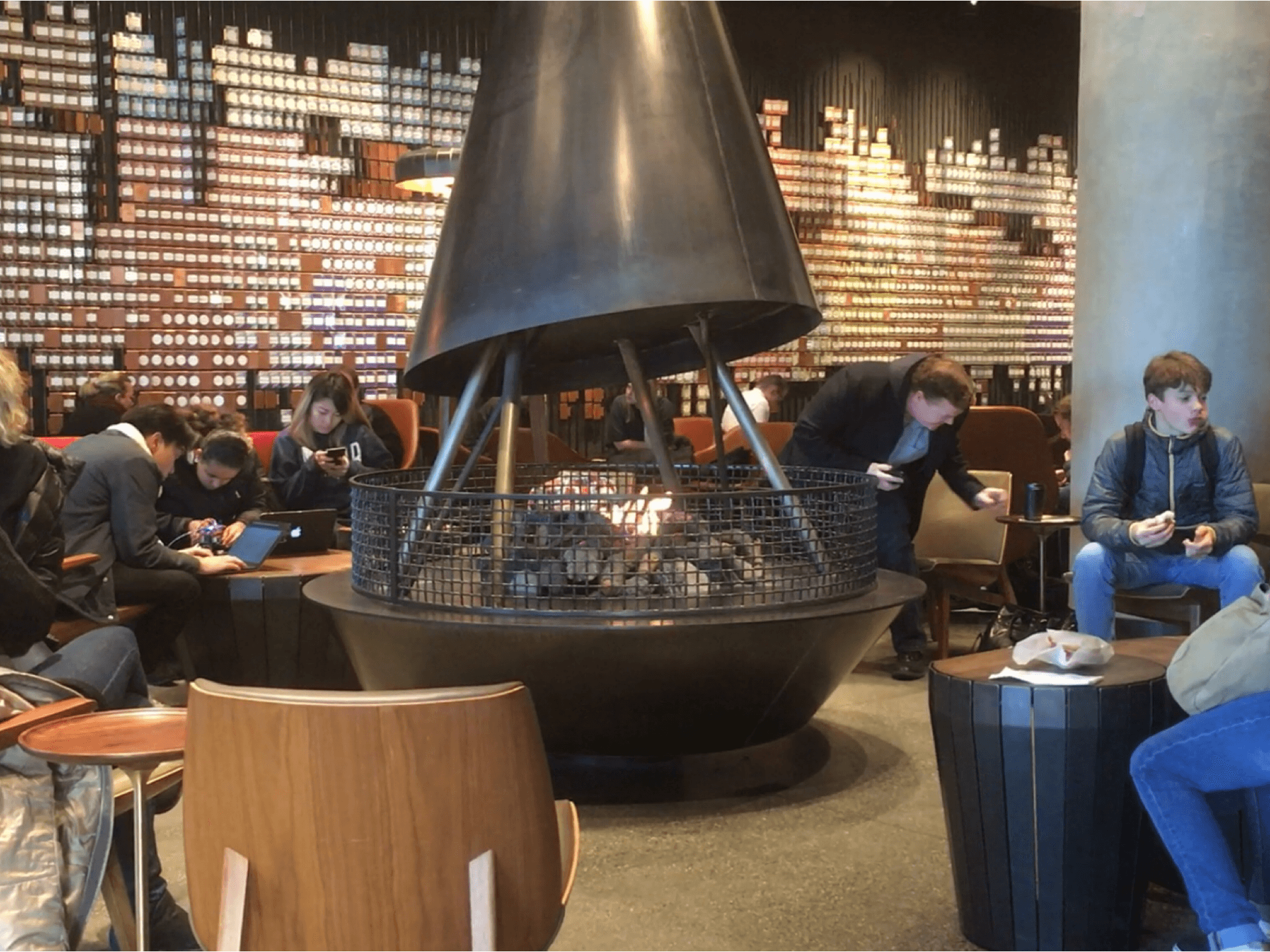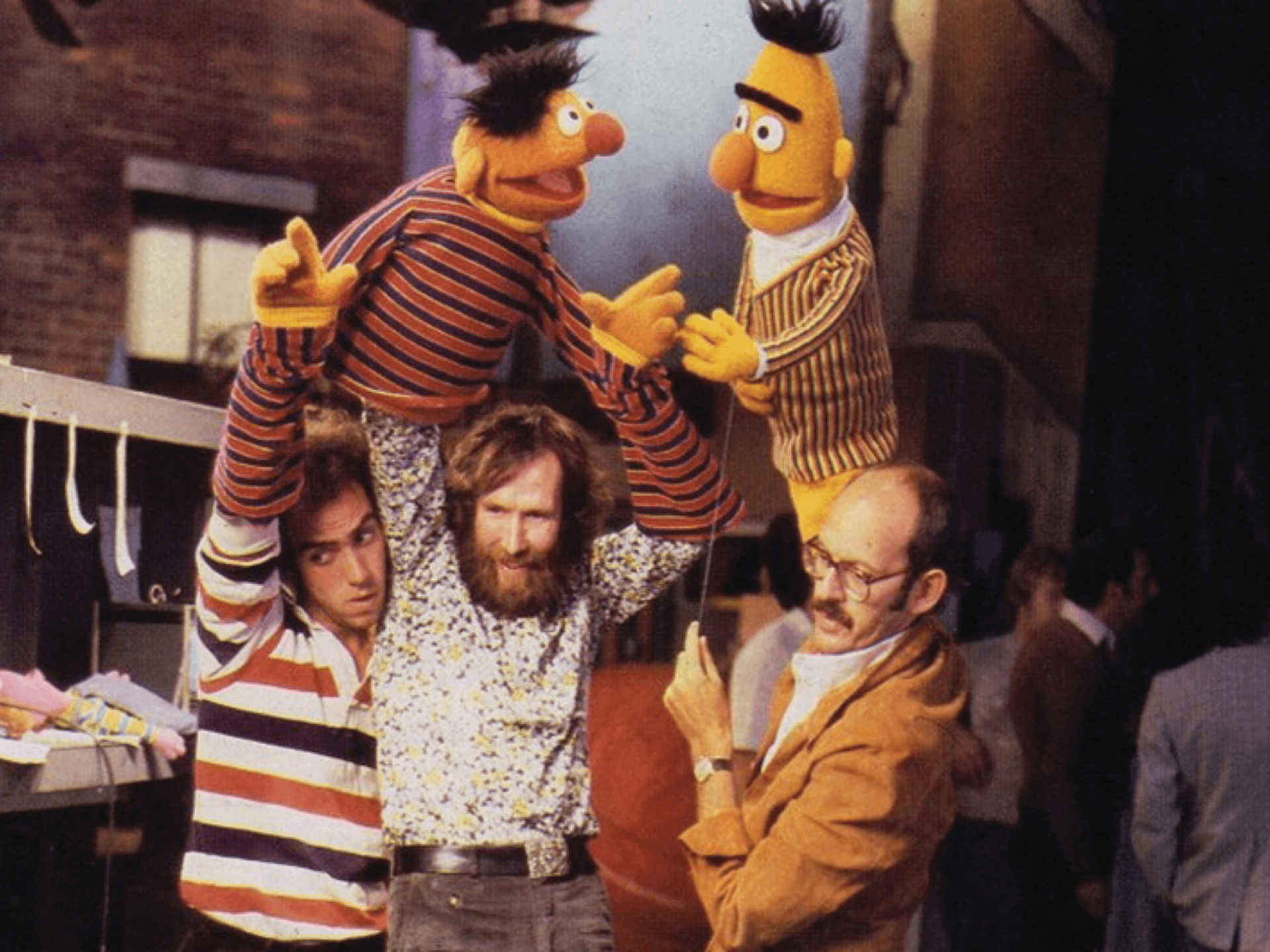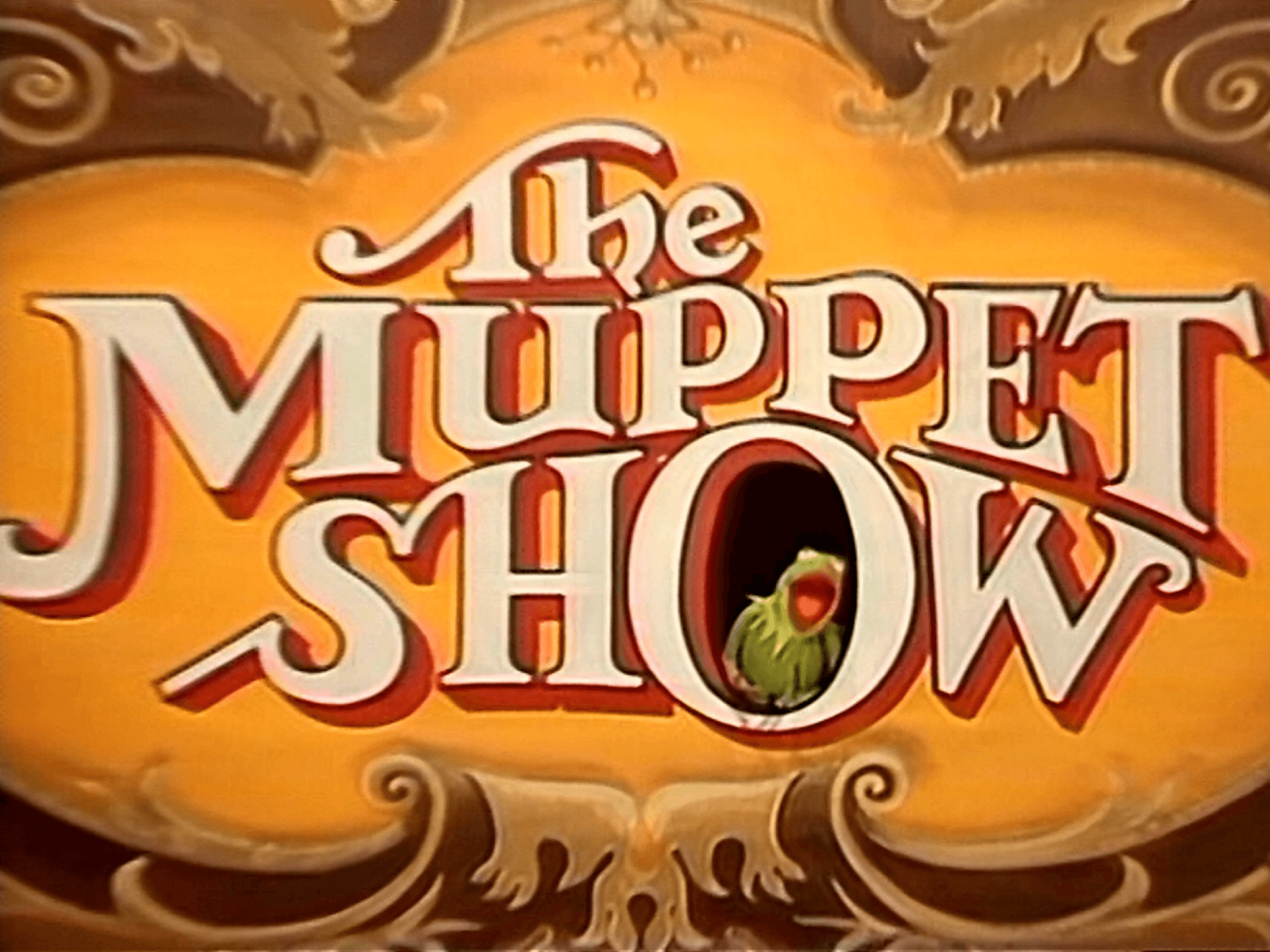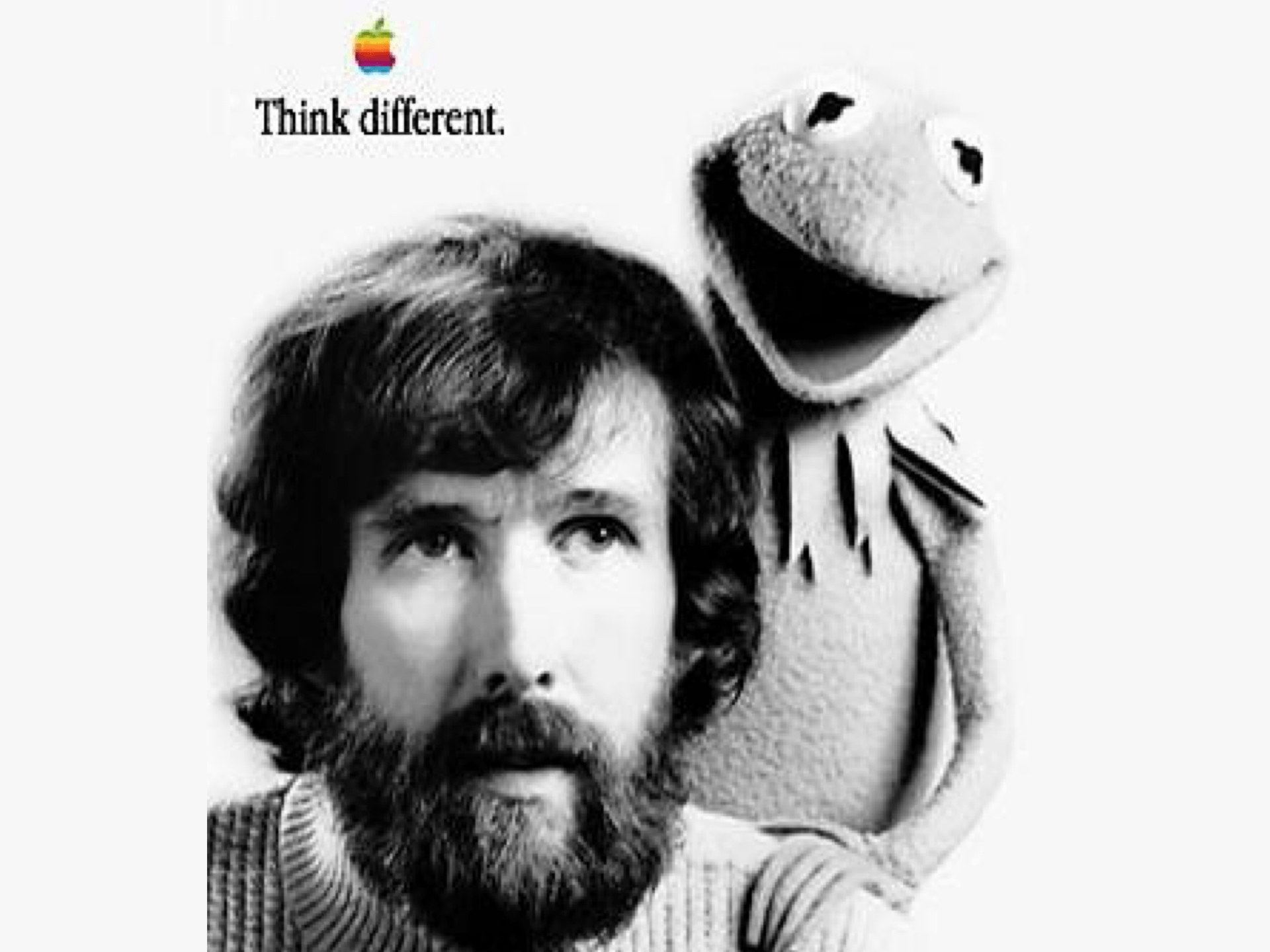Over the past little while, we have been looking at different events in history. We started by looking at turning points, and how the world was experiencing difficult times, especially in the 60s and 70s. Events like Vietnam, Watergate, and the Munich Olympics, changed a lot of opinions about the world, and the state of things. From discussions we had around these events, we were able to look at people’s responses to these tumultuous times. Specifically, we moved to looking at New Religious Movements, and their boom during these years.
I should take a little bit of a pause here to explain what I mean by New Religious Movement. It is a long term, and so I will now refer to it as NRM. An NRM is basically what scholars call cults. Cults is a very loaded word, because cults became a word to describe any religious group you didn’t like. NRMs are often offshoots of mainstream religions, or groups who have non-mainstream beliefs. They often have very fervent devotion, and a charismatic leader. There are a lot of other requirements for these groups, but I think it would make more sense to explain through the lens of a specific NRM.
That NRM would be the Children of God (COG), or The Family International. They have had many names over the years, after bad press and reforms, but COG is their most well-known name. This group was started by David Berg, a preacher in California. While there, he recruited hippies in the area to form COG, which was based on Christianity, and other prophesies of David Berg. COG was an end-time NRM, and 1993 was the year when the world would end and Jesus would return.
There are a few key characteristics that most NRM groups have, and to go further into why COG fits the definition, I’ll take you through each one.
Charismatic Leader
David Berg was this charismatic leader for COG. He formed COG as a sect of christianity, so it was easier for him to gain fervent believers. He referred to himself as Moses David, and was supposed to be God’s end-time messenger. One aspect of Berg that made him interesting to me was how isolated he was from his followers. Unlike some NRM leaders, he was a recluse. He didn’t go visit with his members and interact with them with a physical presence. Few of his followers ever actually met him.
Instead, they had two way communication through the Mo Letters on Berg’s side, and camcorder video on the follower’s side. The Mo Letters created the rules for the COG, and were the published form of Berg’s prophesies. The followers filmed the goings-on of the group to send to Berg. Everything from parties, dinners, and sex tapes. It was a really fun time.
Transcendent Belief System
As I mentioned before, COG was an offshoot of Christianity, so it was easier for members to join. The concept of a missionary church, which was not a new idea, appealed to a lot of people. They wanted to spread the message of God, and this seemed like the best way to do it. The main goal of COG was to conquer the world for Jesus, so when the end came, they would be saved. Members of the cult saw this as the best form of Christianity, and were very enthusiastic about their mission.
Systems of Control
As a missionary organization, isolation was a big part of their group. Members lived communally, in small houses where leaders of the movement were the heads of households. People were encouraged to get rid of all their worldly possessions, give the money to the group, and devote their lives to conquering the world for Jesus. There were very strong groups in Costa Rica, where in one small house they had over 30 people.
You were cut of physically from your past, but you were also isolated within your community. Being a missionary, even if 50% of the people talk to you, is isolating. It creates the divide between us and them, COG being the ones who are saved and the ones you can’t reach were under the control of the devil.
Even if you did want to leave COG, it seemed as though there was nothing left for you in the outside world. Children and teens didn’t go to school; instead, they spent their days as missionaries as well, going door to door and asking people to pray with them. Long time members had given up their careers, houses, and money, so they felt like there was nothing to go back to. There was also the idea of divine punishment, that if you left something terrible would happen to you because you were abandoning God’s goodwill.
Systems of Influence
The biggest form of influence was the Mo Letters, which controlled every aspect of the groups lives. They were comics, religious in nature, and people read them all. These letters controlled everyday life for the group, down to how much tea they could drink. Not following the rules laid down by the group lead to severe repercussions. There was no questioning leadership. Your time was managed, you went to all the group activities, and if you asked questions you were severely rebuked. There was a lot of fear. All the rules were straight from the top.
After years of following Berg’s writings, no one questioned when they became more intense. Berg had different ideas about religion and sex. He promoted sexual sharing, where members were allowed to have sex with anyone else in the group. People were already following what was in the Mo Letters, so they felt it was their duty to follow through with these ideas. There was no concept of consent. If you said no to someone, you were seen as though you didn’t belong. Children knew about this, as well, and it created a bit of strife in families.
Berg also came to the conclusion that witnessing wouldn’t be enough to save everyone. He decided that he would deploy flirty fishing, where women would perform sexual favours and whatever else to get more people into COG and win them for Christ. Some of the houses basically became brothels. You didn’t complain, because you were doing what you thought was God’s Will.
Why People Joined
The 1960s and 70s were a very tumultuous time in the United States. The peace-loving hippies were looking for a cause, and David Berg gave them just that. It wasn’t unrealistic for a lot of people to believe that the end of the world was coming so soon. It seemed like a long time away from them, and they just wanted to help save as many people as possible. This group gave people an easy answer on how to save humanity, which was exactly what they were looking for. And again, it was a christian group. Having branched off of a established religion, it was a lot easier to convince other christians to join. There was a direct way to get more people to support their cause, so why not join?
COG, now known as The Family International, still exists today. They are no longer under the leadership of David Berg, as he died, but his wife Maria took over. They spread Jesus’s message of love all over the world, and are the most successful NRM to emerge from the 60s era of counterculture.


